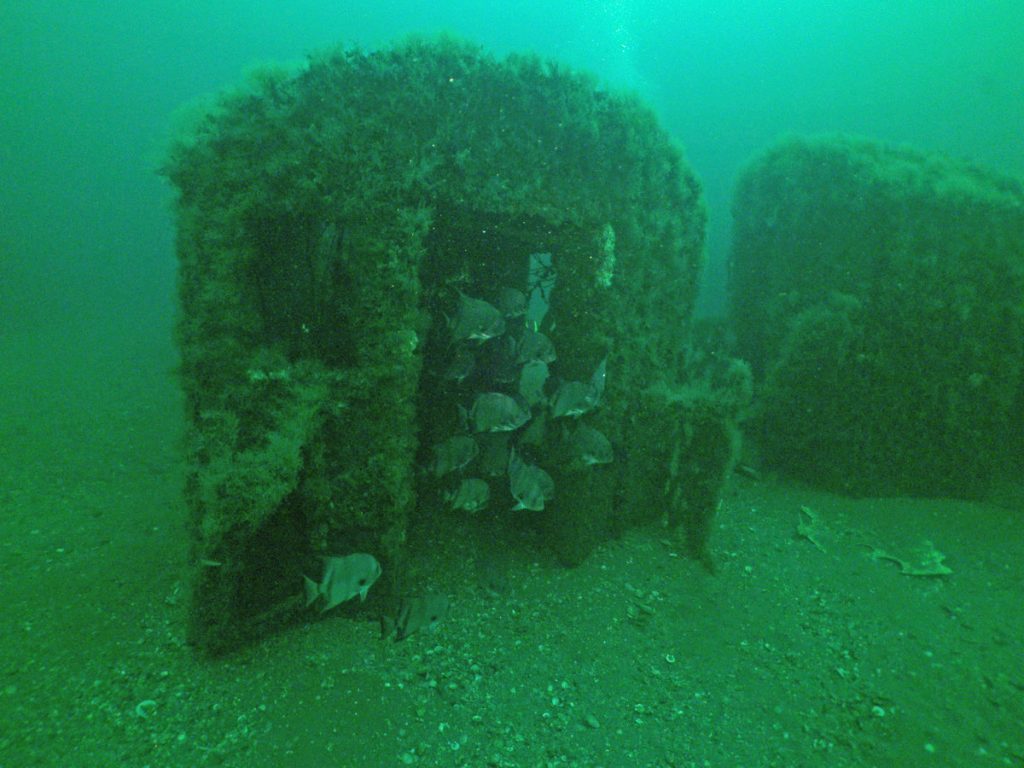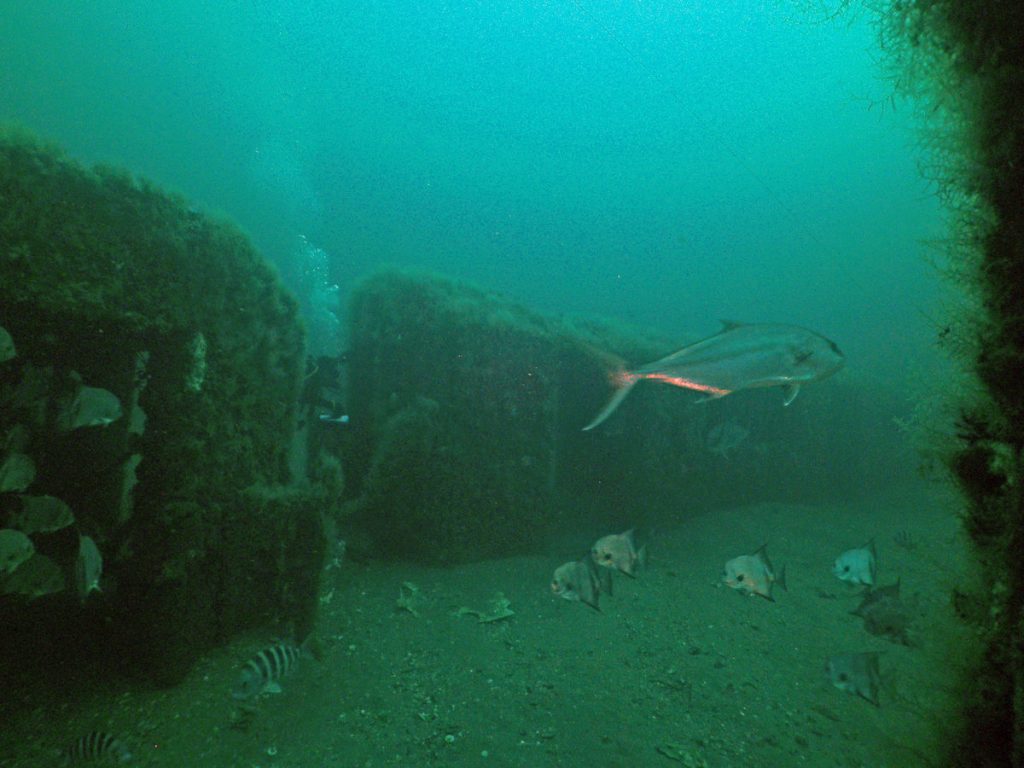The subway is one of the biggest blessings and curses in a New Yorker’s life. The blessing: great public transportation and knowing that by sharing a subway ride they are helping reduce emissions. The curse? Almost everything else! Most New Yorkers are used to shoving their way into subway cars during rush hour, and many times they feel like fish packed into a tin can. But a fleet of retired New York Subway cars really are the new home for hundreds of species of ocean life across the eastern seaboard.
1/5 of the world’s coral has died in the past 3 years alone, due to rising ocean temperatures, trash, and sill from shoreline construction. Not only do thousands of animal species depend on reefs, but continual decline would be an economic disaster for many countries, especially developing ones. The reefs in many areas promote tourism for divers, protects the shoreline from major catastrophic weather damage including hurricanes, and provides new medical remedies. “ Altogether, coral reefs comprise an area of almost 300 000 km² and are estimated to have an economic value of US$100 000 – 600 000 per km² (UNEP report, 2006), thus providing one of the most high-value ecosystems. Coral reefs are among the most complex ecosystems and are revealing the degraded status of coastal environments” according to Secore. Therefore, developers have been looking at other ways to preserve the ecosystem of the reef in the face of all of the obstacles created by environmental stressors.
Starting in 2001 and ending in 2010, the MTA sent thousands of subway cars that were due to retire from their daily commutes to ocean destinations across the east coast. They were dropped off shore in a number of states, including Delaware, Georgia, and New Jersey. The goal was not only to retire old cars for the MTA (and yes, the program saved the MTA thousands of dollars in disposal fees), but also to create artificial reefs for the ocean life in those areas where reefs have slowly been disappearing. Artificial reefs had formed for years on shipwrecks and other sunken vessels. Rather than waste materials creating something new, recycling train cars was a smart compromise. The MTA could easily and inexpensively dispose their cars with a positive environmental impact, and the Atlantic reef life could flourish from the partnership.
In 2008, photographer Stephen Mallon followed the journey of the cars, from their loading and cleaning in Manhattan at 207thstreet, all the way to the final destination of the cars. He even photographed reefs that had started forming when the first batches of cars were dropped. These photos are now on display at the New York Transit Museum through June 16th, 2019.

Artistically, the photographs are striking. When a majority of people look at subway cars rumbling down the tracks, they see massive, mass transit vehicles. On the ocean floor, the vast Atlantic Ocean makes the subway cars looks infinitesimal, and truly showcase how small humans are in comparison to the vast life in the ocean.
Almost 20 years later, the reefs seem to be working as intended. “We’ve been monitoring the carbon steel subway cars and they are holding up well,” said Jeffrey Tinsman, artificial reef program manager at the Delaware Department of Natural Resources and Environmental Control.As the years go on, we hope that the subway reefs will compliment, and eventually pale in comparison to the natural reefs in the ocean. While recycling old cars this way is a step in the right direction, preserving and encouraging the reefs we already have to thrive will truly be a gift to not only our oceans but our planet.
Until then, we’ll keep squeezing into subway cars, cursing the MTA, and dreaming of the cars who got a second chance in the sea.

Photos by Stephen Mallon.
 Food
Food Farmers
Farmers Sustainable Living
Sustainable Living Living Planet
Living Planet News
News